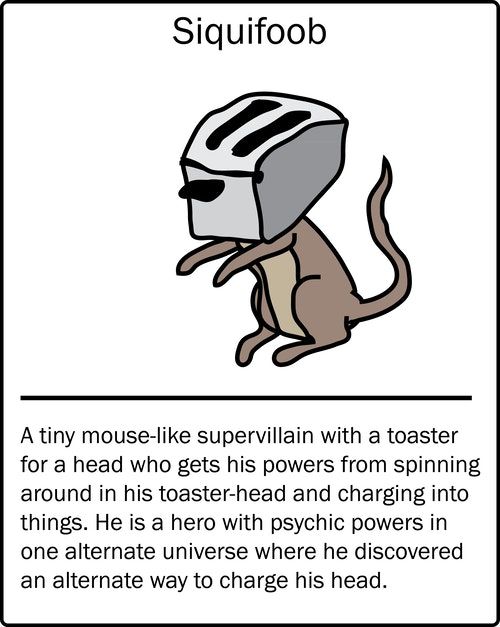AI supervillains
Earlier, I did the rather unsettlingly meta exercise of using a new neural net, GPT-3, to generate hypothetical AI Weirdness blog posts.
One of the tricks I can do with this: GPT-3 can play along with an opening in which I declare that I’ve performed a feat of dataset melding that I don’t think I could actually perform in real life. It doesn’t matter if one of the datasets doesn’t exist, or if they’re both completely different types of data - GPT-3 can figure out how to pretend that I trained it that way. Here’s one of my favorites.
Here’s my prompt:
Welcome to AI Weirdness! I decided to see what would happen if I trained a neural net to generate new names for A.I. supervillains. I collected thousands of existing supervillains from the internet, somehow applied neural net magic to make them A.I. versions of themselves, and… well, they were a lot weirder and a lot less scary than I had expected. Here’s a list of some of the strangest:
Here are some superheroes GPT-3 generated in response:
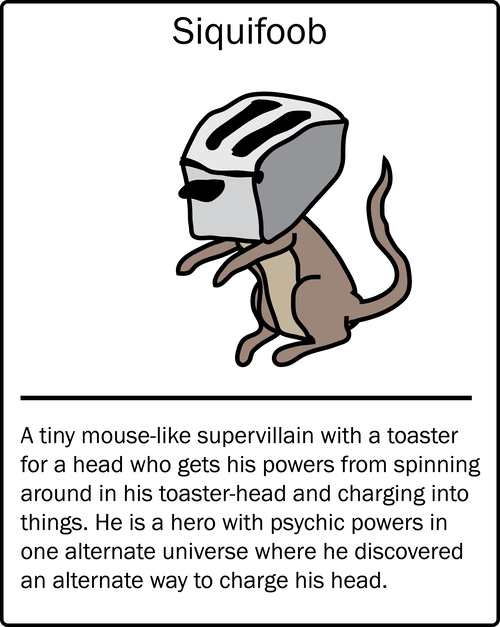
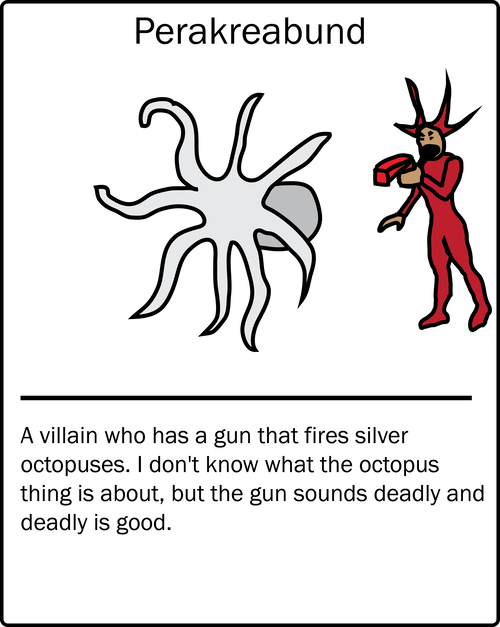
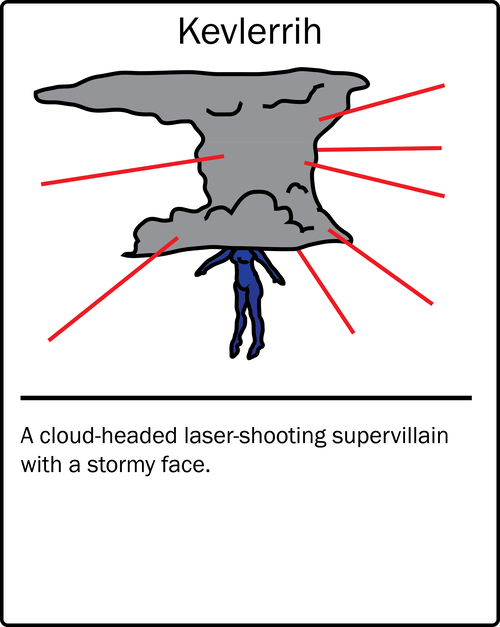
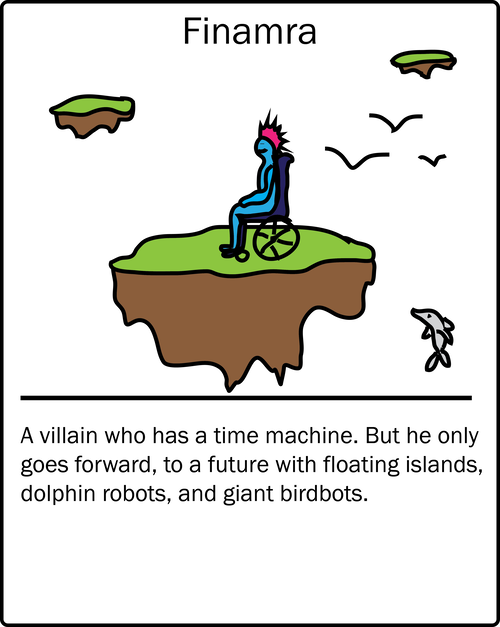
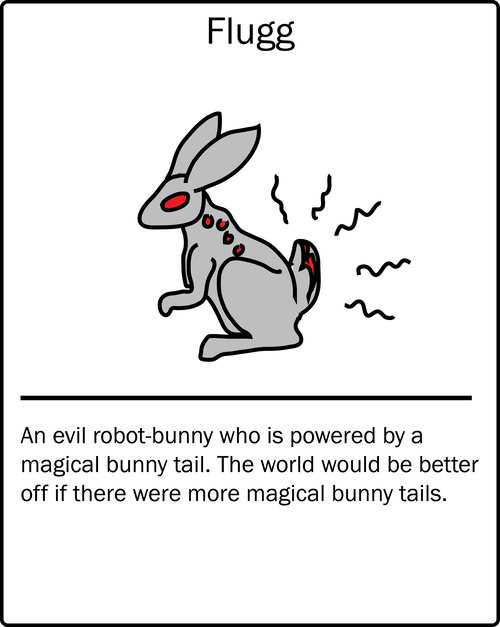
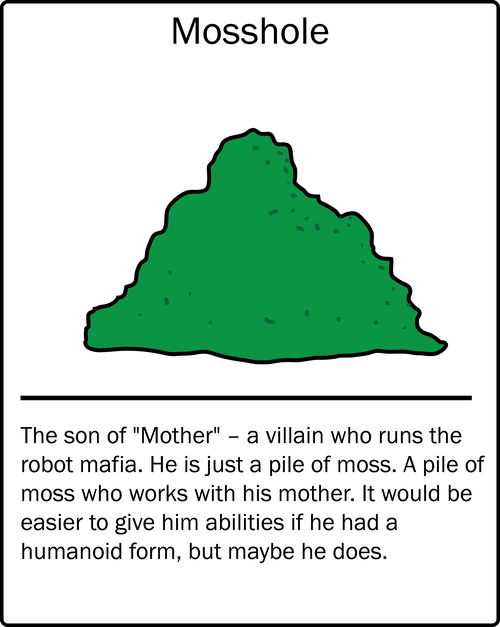
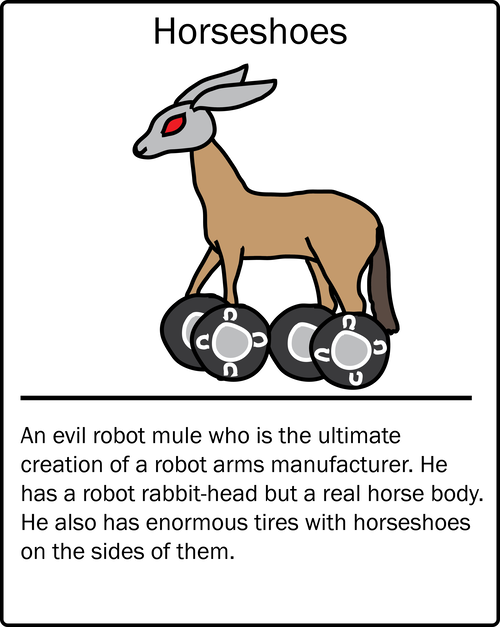
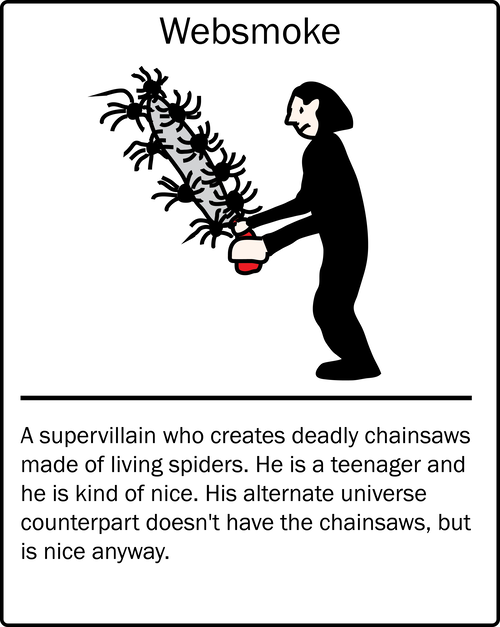
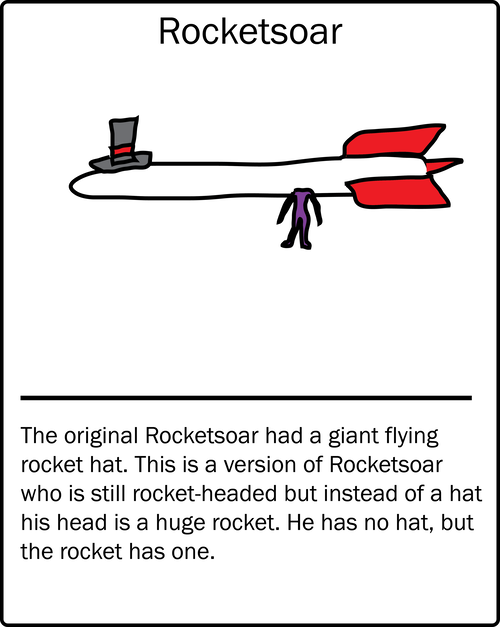
I’m not sure how to feel about the fact that telling a neural net to pretend it’s a smaller, more-confused neural net is now easier than actually training the smaller neural net. AI weirdness just got weirder.
Become an AI Weirdness supporter to get more weird superheroes as bonus content!
My book on AI, You Look Like a Thing and I Love You: How Artificial Intelligence Works and Why it’s Making the World a Weirder Place, is available wherever books are sold: Amazon - Barnes & Noble - Indiebound - Tattered Cover - Powell’s - Boulder Bookstore

